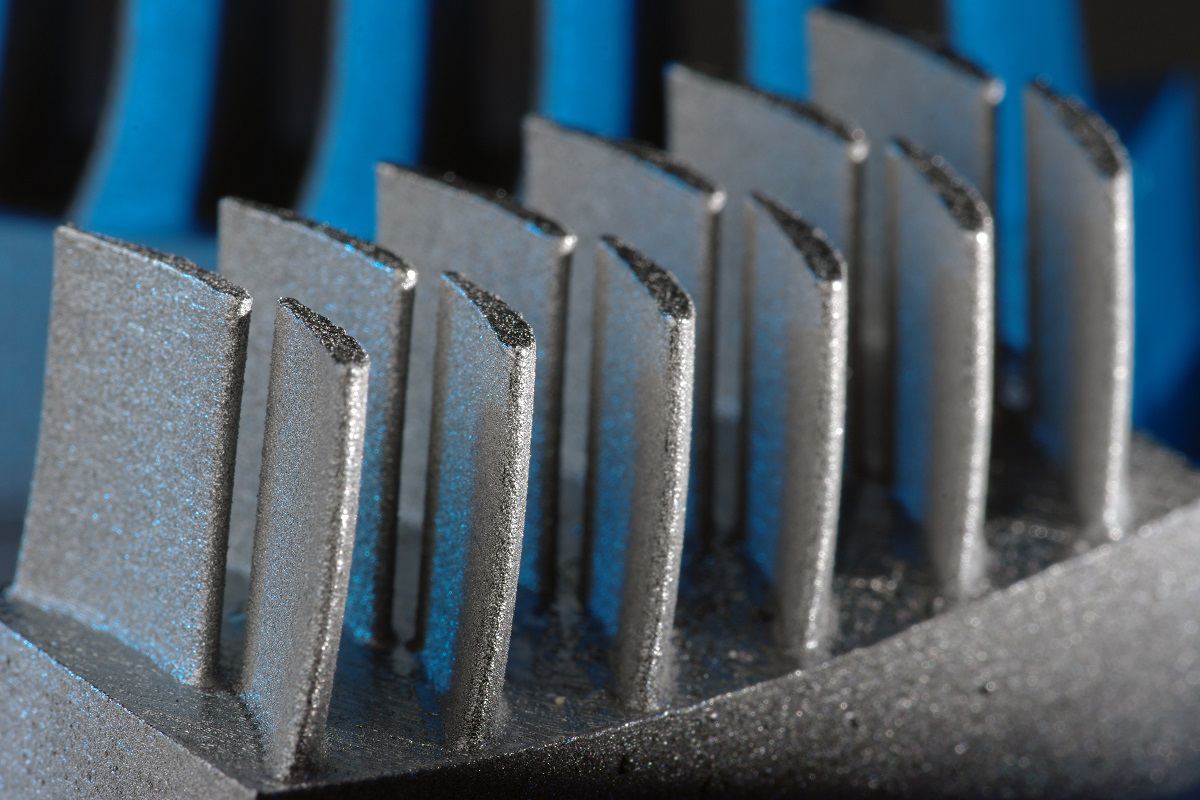These days, there are a lot of 3D printing conferences floating about, but, as you glance over the names, you may be able to distinguish between two general classes of conventions. Any event that has the word “3D printing” is sure to be relatively new, as the phrase has only begun taking on its ubiquitous form with this latest boom associated with the technology. The 3D printing pioneers, who began setting up meetings about this revolutionary process when it was just beginning and the future was a complete unknown, they use these distinctly technical terms, like “additive manufacturing”. That’s how you know that the International Solid Freeform Fabrication Symposium, held in Austin Texas not too long ago, has been around awhile. In fact, this year was the symposium’s 25th Anniversary.
To celebrate its Silver Anniversary, the legends of 3D printing got together and brought along the new crowd. This year’s event saw all of the original leaders of the industry: Terry Wohlers of the original 3DP analysis publication, the Wohlers Report; Chuck Hull, the inventor of stereolithography and founder of 3D Systems; Carl Deckard and Joe Beaman, inventors of laser sintering; Lisa Crump, co-founder of Stratasys; David Keicher, inventor of LENS technology and founder of Optomec; and Mike Cima, co-inventor of inkjet binder printing. Over the course of 25 years, however, the Symposium has grown, welcoming in the newest generation of 3D printing experts. And, this year, the crew honored Dr. Adam Clare, of the University of Nottingham, with the title of International Outstanding Young Researcher.
U of Nottingham has come to the forefront in 3D printing research, covering projects that look into the 3D printing of complex nanoscale structures, 3D printing simulation software, and reactive jetting, in which a monomer and a catalyst are deposited separately and combined in the printing process, to form plastic materials. Clare’s work, in particular, focuses on smart material processing. If I understand correctly, the researcher is working to 3D print materials that change in reaction to their environments. Rachel caught the doctor present at the Nottingham International Conference on AM & 3D Printing this summer. As she describes it, Clare is working on selective laser melting of metal alloys, specifically blending metals during the printing process:
The central premise of this research is that the materials for SLM are expensive to achieve, involving a great deal of time and money, not to mention the environmental implications of processing the materials, particularly when you consider that the materials are purified and then mixed to make an alloy. What if you could create the alloy in process? The idea being to create complex materials during manufacturing. They have had mixed results, obviously challenges have presented themselves, but notable success has been achieved with a new technique – currently going through commercialization – to develop new powders – titanium satellited with ceramic boron carbide. And now, further, initial research is being taken into an Aluminium alloy – with zinc and copper. Early results are encouraging, says Adam, who believes that value added manufacturing will be possible.
I’m reluctant to say that the $1,000 prize that goes along with his new title will further galvanize his research, but being accepted by the founders of 3D printing should. In response to the award, Clare said, “I am honoured to have received this award. It is also a tribute to the great work of all of the people involved in the 3D printing group in Nottingham. This is a very exciting time to be involved in 3D printing and I’m looking forward to undertaking further research in the future to further develop our understanding of the potential of this technology.”
As with all 3DP research, I’m excited to see the results, even if it takes a few years to make it to my eyes.



